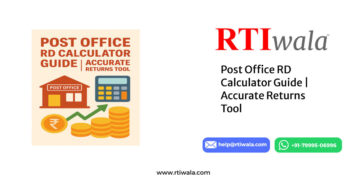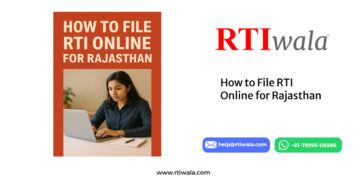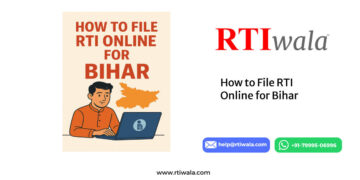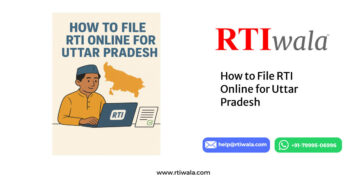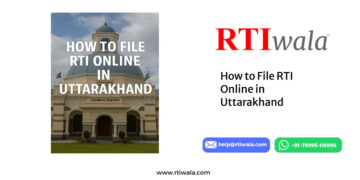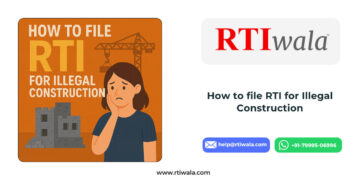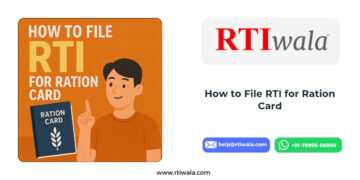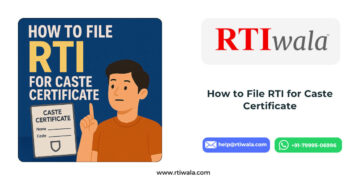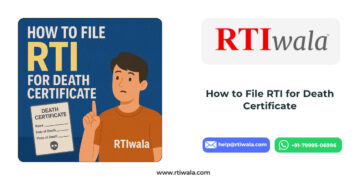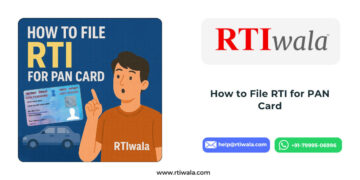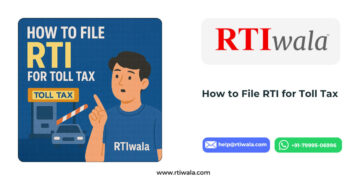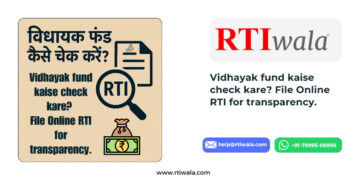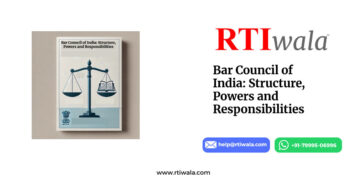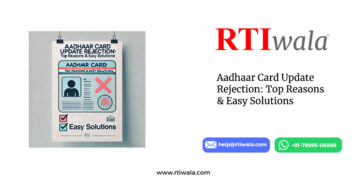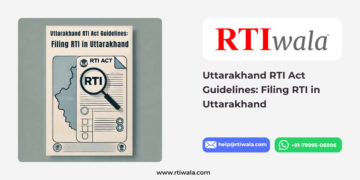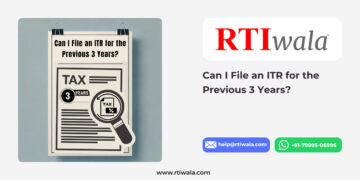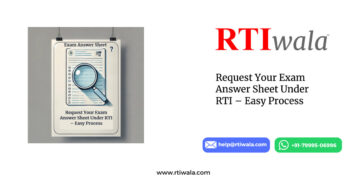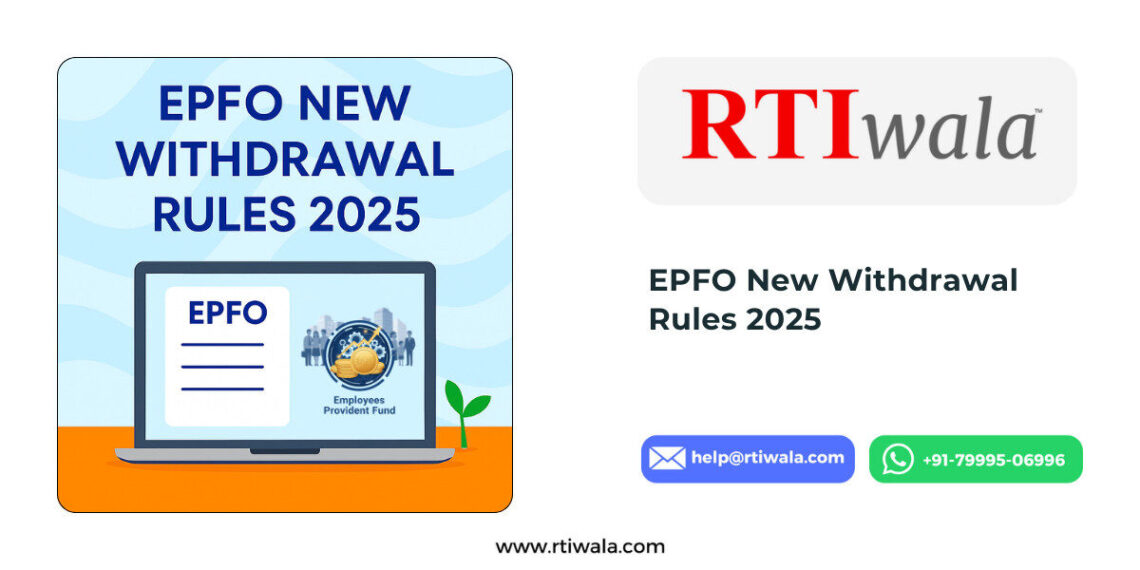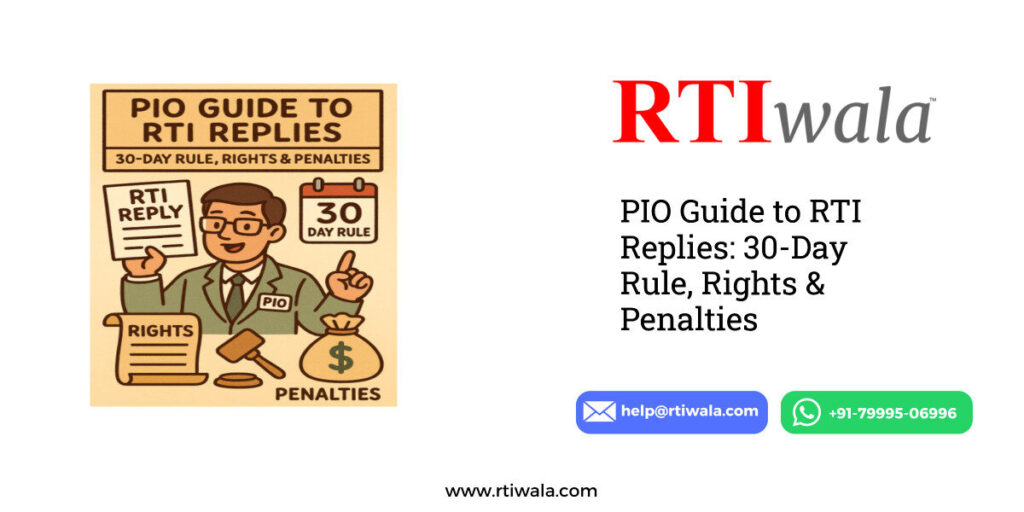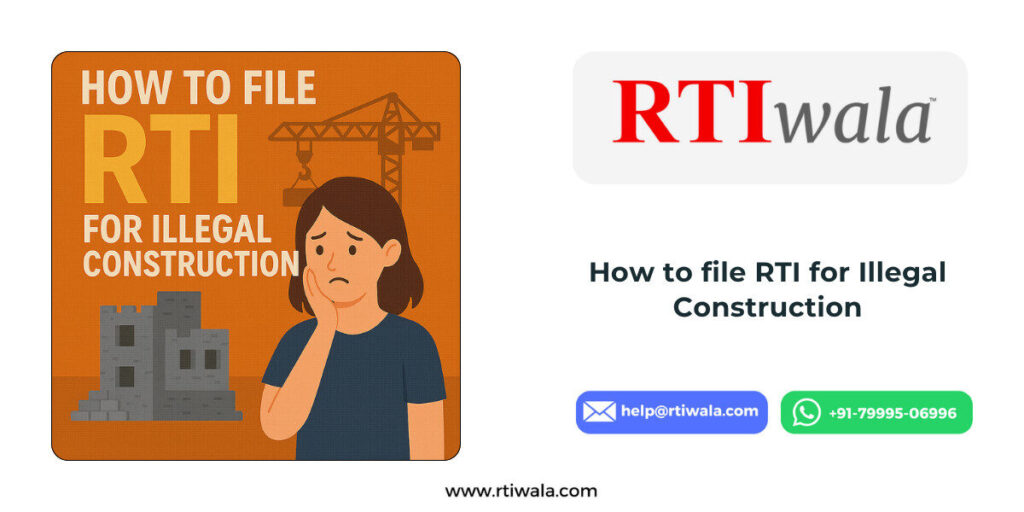Table of Contents
- Introduction: Why EPFO Changed the Rules
- What Are the New EPFO Withdrawal Rules (2025)?
- Consolidated Categories & Purpose
- Up to 100% Withdrawal / 75% Eligible Withdrawal
- Minimum Balance / “Lock-in” 25% Rule
- Housing / Home Purchase (90%) Rule
- Timeline for Final Settlement on Unemployment
- Auto-settlement, Documentation Relaxation & More
- What These Changes Mean for EPF Members (Pros & Risks)
- How to Withdraw EPF Under New Rules (Step-by-Step)
- Why Many Face Confusion & How RTIwala Can Rescue You
- FAQs (5 key questions)
- Conclusion & Call to Action
1. Introduction: Why EPFO Changed the Rules
The EPFO new withdrawal rules came into effect after the 238th meeting of the Central Board of Trustees. The aim is to balance flexibility with retirement security. The old regime had 13 different withdrawal categories, complex service requirements, and many rejection cases. The updated rules simplify, liberalize, and—critically—introduce a minimum balance “lock-in” of 25%, meaning you can’t empty your EPF entirely in many situations.
While many welcome these changes, the fear is that if you misinterpret the rules or submit a claim incorrectly, you could get your EPF claim rejected or blocked just when you need it most. That’s where RTIwala steps in—to help you enforce your right to clarity via online RTI India.
2. What Are the New EPFO Withdrawal Rules (2025)?
Under the new framework, several key changes have been made. Below is a breakdown:
Consolidated Categories & Purpose
- The prior 13 withdrawal categories have been merged into only 3 broad types:
- Essential Needs (illness, education, marriage)
- Housing Needs
- Special Circumstances (e.g. natural disasters, job loss)
- For Special Circumstances, you no longer have to state a reason — that reduces rejections.
Up to 100% Withdrawal / 75% Eligible Withdrawal
- Under certain conditions, EPF members can withdraw up to 100% of the “eligible balance” (employee + employer share)
- But: a minimum 25% must remain locked (cannot be withdrawn) in many cases, meaning you can access up to 75% of your corpus in many scenarios.
Minimum Balance / “Lock-in” 25% Rule
- EPFO now enforces that 25% of your EPF account must remain intact in most partial withdrawal scenarios. You cannot withdraw the entire corpus unless specific conditions are met.
- Why? To protect your retirement corpus and prevent frequent full withdrawals that erode long-term value.
Housing / Home Purchase (90%) Rule
- A new Para 68-BD allows first-time homebuyers to withdraw up to 90% of their EPF corpus for residential purposes (purchase, construction, EMI repayment).
- Previously, this was allowed only after 5 years; now it is available after 3 years of membership.
- Note: This facility is a one-time benefit in a lifetime.
Timeline for Final Settlement on Unemployment
- Under older rules, you could withdraw your full EPF after 2 months of unemployment. The new rule stretches it: full withdrawal (final settlement) is allowed only after 12 months of continuous unemployment.
- Pension withdrawal now requires 36 months of unemployment in some cases.
Auto-settlement, Documentation Relaxation & More
- EPFO has increased the auto-settlement limit for advance claims from ₹1 lakh to ₹5 lakh.
- Verification/documentation parameters have been reduced from 27 to 18, making claims easier.
- In ~95% of cases, EPFO now targets settlement in 3–4 days.
3. What These Changes Mean for EPF Members (Pros & Risks)
Advantages / Relief
- Greater liquidity & access: You can now tap into your corpus more easily during emergencies.
- Simplicity & fewer rejections: Fewer categories + less paperwork = smoother claim experience.
- Faster settlement: Auto-settlement up to ₹5 lakh, most claims in 3–4 days.
Risks & Hidden Pitfalls (Fear Factor)
- Misreading the rules (e.g. thinking you can withdraw 100% when 25% is locked) can lead to claim rejection.
- If you’re unemployed, waiting 12 months for full corpus might leave you strapped.
- For housing withdrawal, using it wrongly (or too early) may lock you out of future benefits.
- Errors in your EPF application, UAN-Aadhaar linkage, or documentation can trigger denial or delay.
- Once you withdraw, that money is gone—you may lose years of compounded growth.
In times of confusion or claim rejection, filing an RTI application (i.e. online RTI India) could force EPFO to reveal the reasons or internal decisions. RTIwala helps you file accurate, compelling RTI applications so you don’t get stonewalled.
4. How to Withdraw EPF Under New Rules (Step-by-Step)
You can do most of it online via EPFO’s UAN portal. Below is a simplified guide.
| Step | Action | Notes / Tips |
|---|---|---|
| 1 | Ensure your UAN is active and KYC (Aadhaar, PAN, Bank) is linked. | If KYC fails, you may need offline forms. |
| 2 | Log in to EPF portal or UMANG app | Use UAN-member portal. |
| 3 | Select “Claim (Form 31 / Form 19 / Form 10C / etc.)” | Choose partial withdrawal or final settlement. |
| 4 | Provide reason / category (Essential, Housing, Special) | For “Special”, you may skip giving explicit reason. |
| 5 | Enter withdrawal amount (subject to 75% cap / minimum 25%) | The portal will show eligible limit. |
| 6 | Upload necessary documents (if any) | KYC, identity proofs, employer approval (if required) |
| 7 | Submit & authenticate (via OTP / Aadhaar) | After submission, track status online. |
| 8 | Receive amount (typically 3–7 working days) | Auto-settlement up to ₹5 lakh speeds this up. |
If your claim is rejected or delayed, or you face non-transparency, you have every right to file RTI online – RTIwala can help you file online RTI or apply for RTI online smartly to expedite resolution.
5. Why Many Face Confusion & How RTIwala Can Rescue You
Even though EPFO simplified rules, many users remain baffled:
- What exactly qualifies under “special circumstances”?
- Can I withdraw full corpus if unemployed less than 12 months?
- Why was my claim rejected even though I’m eligible?
These are **perfect cases to file an RTI application. Using online RTI India via RTIwala, you can:
- Demand reasoned explanation of rejection
- Access internal EPFO circulars or decisions
- Force transparency and accountability
- Protect your rights — don’t let EPFO hide behind rules
RTIwala gives you a fully guided, foolproof path to file RTI online or file online RTI that is strong, legally sound, and difficult to ignore. When delays or denials strike, RTIwala is your weapon for clarity.
6. FAQs
Q1: Can I now withdraw 100% of my EPF anytime?
A: Not always. You can withdraw up to 100% of the “eligible balance” under special conditions, but 25% must remain locked in most cases.
Q2: When can I make full (final) EPF settlement after job loss?
A: You must remain continuously unemployed for 12 months before full withdrawal; earlier it was 2 months.
Q3: How soon is partial withdrawal allowed under new rules?
A: After 12 months of service, you may apply under new withdrawal criteria.
Q4: Can I withdraw 90% for home purchase immediately?
A: For first-time homebuyers, yes — up to 90% under Para 68-BD, after 3 years’ EPF membership.
Q5: What to do if EPFO rejects my claim?
A: You can file a RTI application to demand reasons, internal orders, and push EPFO to respond. RTIwala can help you file RTI online or apply for RTI online without hassle.
7. Conclusion & Call to Action
The EPFO new withdrawal rules bring both welcome relief and new traps. Knowing how to navigate 100% vs 75%, lock-in of 25%, waiting periods, and housing rules can mean the difference between smooth access and claim rejection.
If you are unsure, stuck, or facing rejection, don’t gamble with your hard-earned EPF corpus. Utilize RTIwala to file online RTI, apply for RTI online, or how to file right to information in a legally strong way. Let us guide you at every step so EPFO cannot withhold answers from you.
Contact RTIwala now to get swift, professional help to restore your rights — because when EPFO doesn’t cooperate, RTI is your strongest tool.









